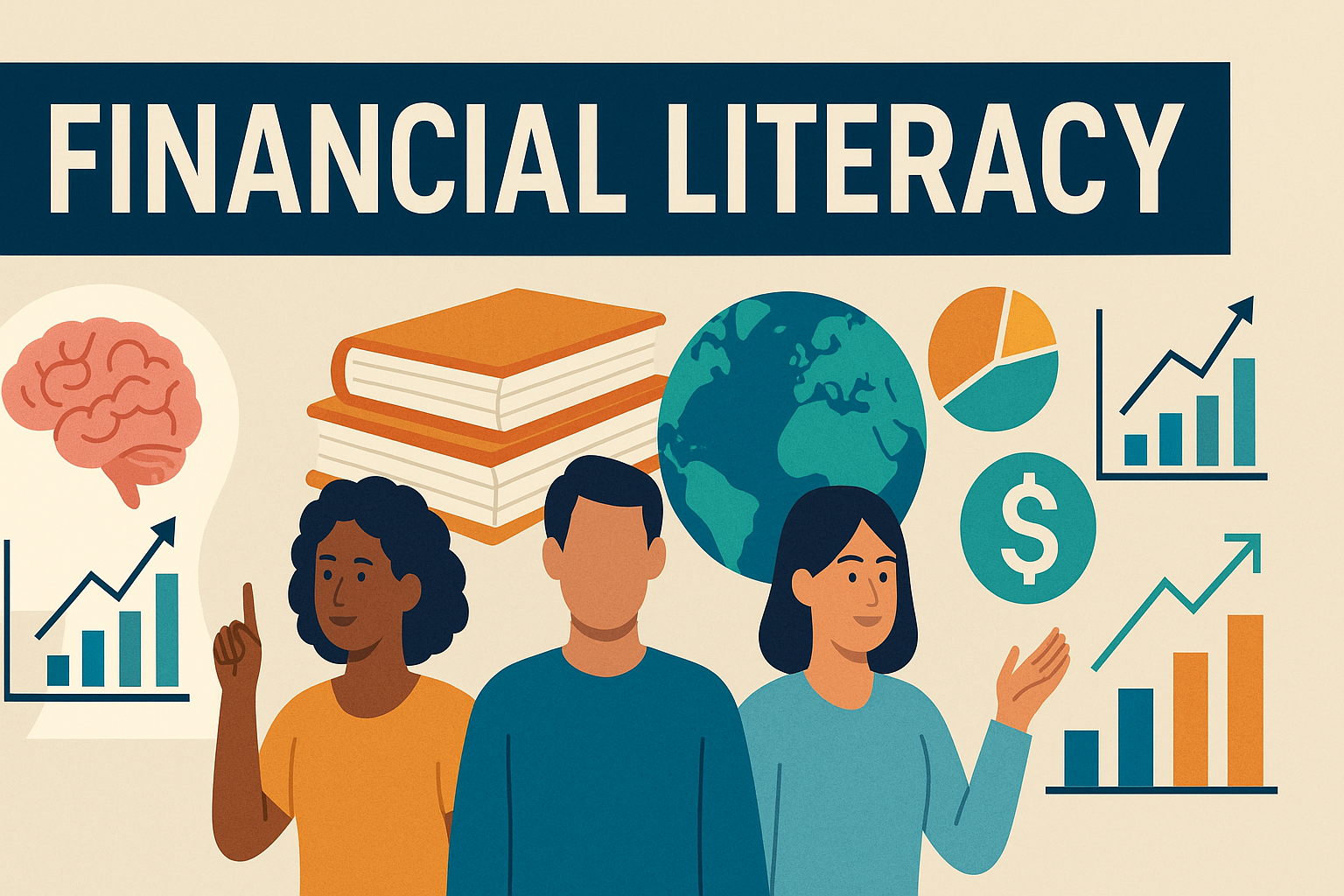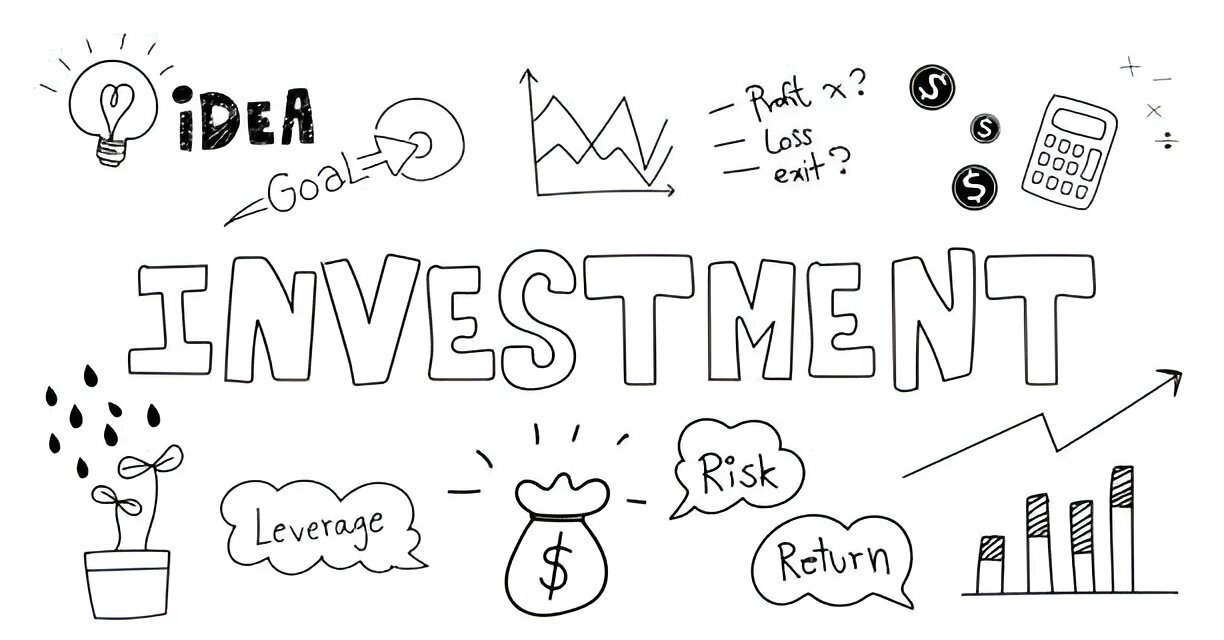Inflation Update: Prices Remain Below 3%
Inflation has been a major concern for consumers over the past few years, with rising costs affecting everything from groceries to housing and car insurance. But there’s a mix of good and bad news on this front.
The positive takeaway? Inflation appears to be stabilizing. According to the latest Consumer Price Index (CPI) report from the U.S. Bureau of Labor Statistics, prices rose by 2.8% over the 12 months ending in February. That’s a significant improvement from the 9% inflation rate seen just a few years ago, all without triggering a major recession.
However, some expenses remain stubbornly high. Housing costs, for example, have increased by 4.2% compared to last year. Additionally, inflation has crept up slightly from its post-pandemic low of 2.4% in September.
While there’s no magic fix to eliminate inflation completely, understanding how it’s measured and what it means for your finances can help you make smarter money moves. Let’s break it down.
What Is the Consumer Price Index (CPI)?
The CPI is a monthly report from the U.S. Bureau of Labor Statistics that tracks price changes in everyday goods and services.
“The CPI covers essentials like food and energy, as well as services that involve labor costs, such as home repairs and personal care,” says Joe Camberato, CEO of NationalBusinessCapital.com. “When the CPI rises, especially in categories like dining out and services, it means our purchasing power is shrinking.”
So, where does this data come from? Each month, the BLS collects price information from 75 urban locations, including 80,000 price points from 22,000 retailers and service providers, plus housing data from 6,000 rental units. While it doesn’t capture rural areas perfectly, it does provide a fairly accurate picture of price trends for 93% of the U.S. population.
Why Does the CPI Matter?
The CPI isn’t just a statistic—it’s a tool that can help consumers and investors make informed financial decisions.
“Tracking CPI trends allows people to plan for changes in their cost of living,” explains Cliff Ambrose, founder and wealth manager at Apex Wealth. “It helps them adjust their budgets and anticipate rising costs in essentials like housing, groceries, and healthcare.”
Beyond budgeting, the CPI also provides insight into potential investment strategies.
“If CPI reports indicate rising inflation, consumers may want to invest in assets that typically perform well during inflationary periods, such as real estate, commodities, or Treasury Inflation-Protected Securities (TIPS),” Ambrose suggests. “Additionally, they may consider refinancing debt to lock in lower interest rates before they rise.”
Now, let’s take a closer look at what the latest CPI report reveals.
What’s Getting More Expensive?
The most recent CPI report, released in March, reflects data from February. Here are some key takeaways:
- Overall Inflation: The CPI for all urban consumers (CPI-U) rose by 0.2% in February, following an increase in January. However, the overall inflation rate remains under 3%.
- Food Prices: The food index climbed 0.2% in February. While grocery prices held steady, dining out costs increased by 0.4%.
- Housing Costs: The shelter index rose by 0.3% in February and is up 4.2% over the past year.
- Energy Prices: The energy index increased by 0.2%, with fuel oil, electricity, and energy services rising by 1.4%, 2.5%, and 1%, respectively. Meanwhile, gasoline and energy commodities dipped slightly.
- Used Vehicles: Prices for used cars and trucks rose by 0.9%.
- Apparel: Clothing costs saw a 0.6% increase.
- Medical Services: Prices for medical care services edged up by 0.3%.
- Other Notable Increases: Education costs are up 3.7% year-over-year, while recreation costs rose by 1.8%. Motor vehicle insurance saw the steepest increase, jumping 11.1% over the past 12 months.
What’s Getting Cheaper?
Not everything is getting more expensive. A few categories have seen slight declines:
- Transportation Costs: Down 0.8%.
- New Vehicles: Prices dipped by 0.1%.
How This Affects You
Here’s what these inflation trends mean for your day-to-day finances:
- Housing Costs: With rent and homeownership expenses continuing to rise, it’s wise to budget extra for housing costs. If you have an adjustable-rate mortgage or are considering a new mortgage or lease, be prepared for potential increases.
- Food Prices: Since food costs have been trending upward, consider meal planning, buying in bulk, and being selective about dining out to stretch your grocery budget.
- Car Insurance: With auto insurance costs soaring 11.1% over the past year, now might be a good time to compare policies and look for potential savings.
Final Thoughts
Inflation is still a concern, but its stabilization under 3% offers a glimmer of hope. By understanding the CPI and staying aware of price trends, consumers can make informed financial decisions and adjust their budgets accordingly.
As inflation continues to shift, keeping an eye on these reports can help you navigate economic changes and make smarter choices for your money.














Loading comments...
Leave a Comment(Login required)